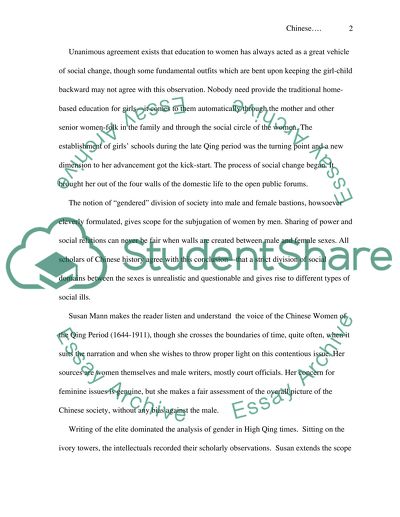Cite this document
(Chinese Women and Their Problems during the High Qing Era Term Paper, n.d.)
Chinese Women and Their Problems during the High Qing Era Term Paper. Retrieved from https://studentshare.org/history/1554318-chinese-women-in-high-qing-era
Chinese Women and Their Problems during the High Qing Era Term Paper. Retrieved from https://studentshare.org/history/1554318-chinese-women-in-high-qing-era
(Chinese Women and Their Problems During the High Qing Era Term Paper)
Chinese Women and Their Problems During the High Qing Era Term Paper. https://studentshare.org/history/1554318-chinese-women-in-high-qing-era.
Chinese Women and Their Problems During the High Qing Era Term Paper. https://studentshare.org/history/1554318-chinese-women-in-high-qing-era.
“Chinese Women and Their Problems During the High Qing Era Term Paper”. https://studentshare.org/history/1554318-chinese-women-in-high-qing-era.


